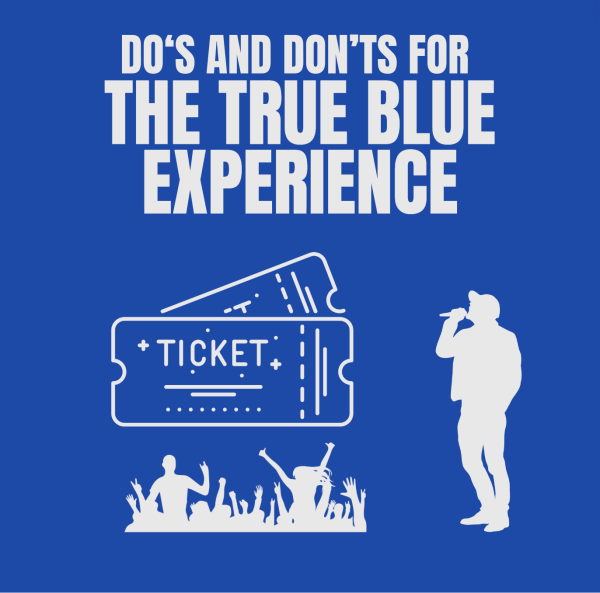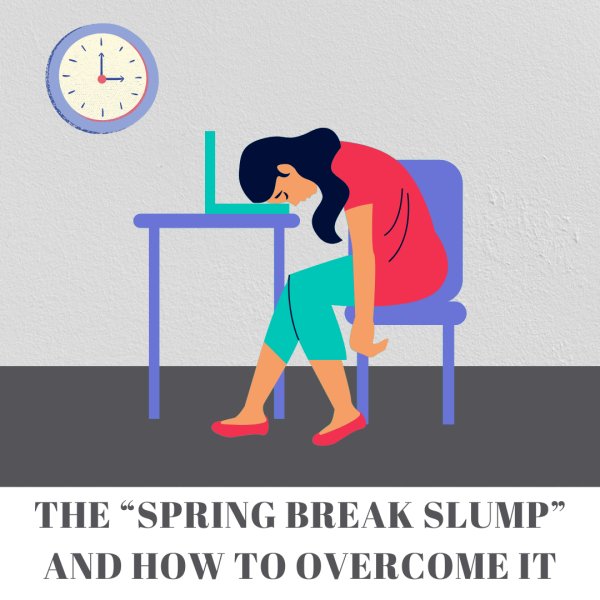THIS GUIDE LAYS OUT THE NECESSARY STEPS TO WRITING A RESUME WITHOUT ANY WORK EXPERIENCE.
WHERE DO YOU EVEN BEGIN?
Throughout life, students’ heads have become filled with that one statement: “to get a job you must have work experience.” But what about the kids that have poured themselves into sports or schoolwork? Remember, work experience doesn’t always make you qualified, so try to find which experiences make you a good fit for the job. To get in the door, you have to start somewhere. Before you even begin typing up your resume, you need to take a few steps back and get to know yourself. Time to do a little self-discovery and get you that job.
1. ASSESS YOUR STRENGTHS
Think back on the experiences and opportunities that have helped you develop certain strengths. Through volunteer work you might have displayed your leadership, organizational skills and quality of character. Just as beneficial, participating in clubs on campus shows time management. Really dig into how you have spent your time over the years. Figuring out these strengths can match you with many different career fields you may not have even considered.
2. FIGURE OUT YOUR INTERESTS
Resumes can differ in information depending on the job that you want to apply for. To craft the perfect resume, explore whichever industry that you want to work in. Along with assessing your strengths, figuring out your skill sets narrows down which jobs to apply for. You can make a comparison analysis of your skills geared towards particular jobs. To start, just set up two columns. On one side, list the requirements and skills that the job asks for; on the other side, figure out and list any volunteering, course work or internships that match each area of the job. Think about what you enjoy and fit your resume to match that.
3. TRY A STARTER RESUME
Containing your highlights and a four to five sentence profile, the starter establishes what makes you different from everyone else. To capture interest, make a basic layout of your strengths and interests. You don’t want to beat around the bush on your resume, so find a list of adjectives that describe you and highlight the ones that stand the best. Once you finish, use them to start your sentences. With these sentences, your future employer can’t say no.
YOU’RE READY TO START WRITING
You have figured out your strengths and where you would like to apply, so now the resume must take shape. Even though resumes have some differences here and there as you get older, these core factors serve as a common structure. As difficult as bragging about yourself may seem, embrace this process and have fun crafting what makes you great.
- Layout the strengths that you can bring to their organization (three to five bullet points). This can include what makes you unique and separates you from the rest
- Build out your volunteer and or leadership activities to form your “experience” section with two to three activities that have two to four bullet points. These activities show that you can work as a team and that you want to take part in something bigger than yourself.
- Include your educational background or current schooling. You can include making the dean’s list, receiving other academic honors or relevant coursework.
- Include additional skills such as a second language and different software or technology proficiencies. Shoot for a list of six to eight things at the bottom.
- Still needing space to fill? Include a highlights section at the top. Add a quick two to four sentences about who you are because that is the first thing the employer is going to see. Fill space with value, not just random stuff that will lose your reader. This can take your resume to the next level.
HONEST VS. TOO HONEST
Trying to get a job brings a lot of stress but, remember, you must not lie to yourself. You have to truly believe in what you put on your resume because employers can spot fluff words. If you know the reason they shouldn’t employ you then you shouldn’t be applying to this company just as a matter of being honest to yourself. You can save time and avoid rejection heartache by honestly looking at your flaws. Spend time working on the areas that you know must improve while continuing to move forward.













